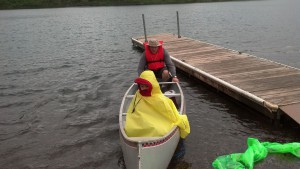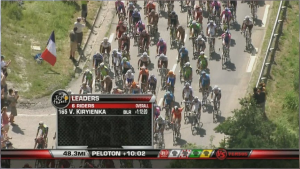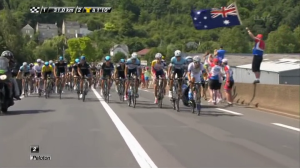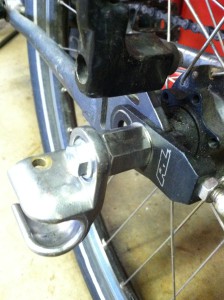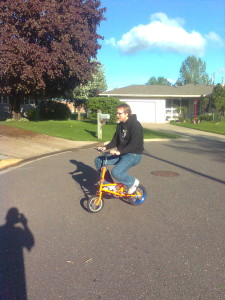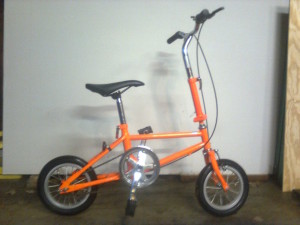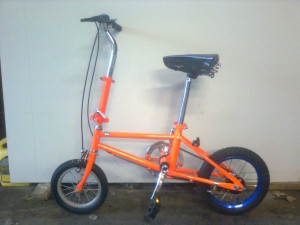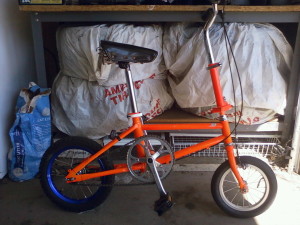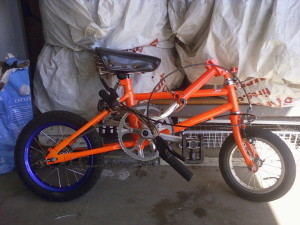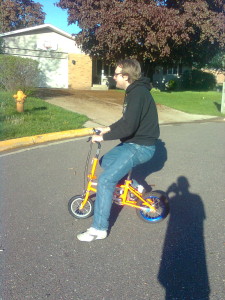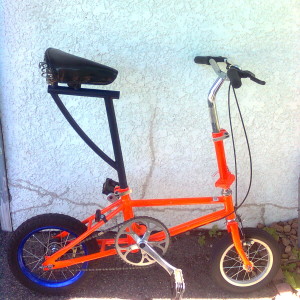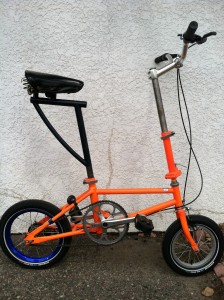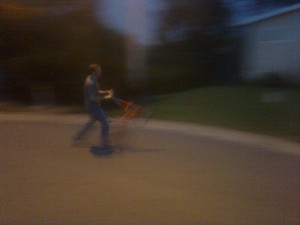I had an opportunity to acquire a canoe from my parents. All I had to do was pick it up. Everyone else owns a boat in Minnesota, right? Why shouldn’t I?
A friend insisted that if I have (1) an opportunity to purchase a quality canoe for a song, and have (2) easy access to water, that I must seize the opportunity. She also suggested that since this is Minnesota, I should give it the “when in Rome” treatment and portage it via bicycle. And the trailer she recommended is the Wike brand, “woody wagon” bike canoe trailer. Not sure why it’s called “woody,” it’s made of aluminum (like my canoe), not wood.
For anyone interested in canoeing and/or bicycling, here’s what I’ve learned…
Getting Nautical
When you’re doing ballet, everything quickly becomes French. The same happens once you take to water:
Take some time to familiarize yourself with all the relevant nautical terms.
Hull – The main structure of the canoe.
Gunwale (pronounced “Gunnel”) – Rails at the top edge of the canoe.
Yoke – Strong crossbar in the middle of the canoe, usually curved (for portaging).
Thwart – Crossbars in the canoe. Not to be confused with the yoke in the middle.
Keel – Projection on the center bottom of the hull. Helps the boat go straight.
Fore – Towards the front.
Aft – Towards the rear.
Bow – Front.
Stern – Rear.
Stem – Edge at the bow/stern of the canoe. Follows the keel line up the bow/stern.
Starboard – Right.
Port – Left.
You don’t strictly need to know these terms, but I find it’s better to know what other people are talking about. That way, when someone (or some instructions) asks you to strap something to the aft thwart, you’ll know WTF they mean. The Hull Identification Number (HIN), which I needed to register the canoe, was found on the starboard side of the stern, bolted right to the starboard side of the stem.
Navigating on Land
I’ve got quite a few years experience riding my bike with trailers attached. I’m pretty good about judging what sort of turning radius is required. Riding with a canoe is totally different. My canoe is 17 feet long. It’s like biking while towing something that is longer than a car. You will hit things, especially on your first trip. Go slow. Use a mirror if you have one, if you don’t, go slower. With up to 100 pounds of extra weight, you shouldn’t (and probably won’t) be going fast anyway.
Here is me taking delivery of the canoe, with my son riding in it. Portaging kids-in-boat is probably not recommended, but we made the 2 mile trek with (almost) no issues.
Remember the “almost” part of my first canoe trailer experience? Well, there was some pothole construction on one of the roads on our way home. It was an a corner, and half of the road was blocked by some safety cones. I thought I turned wide enough to clear them all, but I hadn’t. A cone got lodged between the trailer wheel and the hull and brought our first journey to a screeching halt. I had to unhook the trailer from the bike, re-align the wheels, make sure my son was ok, etc. etc. It was all in the spirit of adventure, but the point was quickly made: this is not a normal trailer turning situation.
Car + Bike + Canoe + Trailer
Our family truckster has a roof rack, to which I added a Yakima Canoe Carrier to bring the canoe to far-away waters. The vehicle has two spots where the one tow-hook provided can screw into the frame at the front. I spent $30 at my local dealer to buy an extra tow hook so I could strap the front of the canoe down on both sides of the car.
The Wike canoe trailer packs pretty small once everything is apart. If you’re driving somewhere with your bike and canoe, I recommend bringing the trailer. Even without a bike you can use the wheel cart to portage the canoe around rather than dragging it or enlisting help. Then you can use your bike to bypass any long lines at the boat launch.
Paddling with kids
Here’s another lesson I learned. While the canoe holds two (or more) people, it works best if the weight is spread evenly. I put my son at the front and I sat in the back.
He’s less than 1/3 of my weight. The canoe traveled like it was doing a wheelie. Besides looking silly, it was sort of non functional. The keel was only partly in the water, so the canoe wanted to turn much more than normal. On a windy day it made paddling extra unpleasant. As soon as the bow of the canoe came out from behind an outcrop, it would easily get blown in another direction.
Talking to a relative, he suggested a better alternative. Use a flotation cushion and kneel in the center of the boat while paddling so it sits evenly in the water. I’ll definitely be doing this on my next kid-canoe outing 🙂
Happy paddling!
